Aircraft Aluminum Plates: 2024 vs 7075
In the world of aerospace manufacturing, every gram of weight and every millimeter of strength matters for performance and safety. As the structural “skeleton” of an aircraft, aluminum alloy plates support key components such as the fuselage, wings, and landing gear. In recent years, 2024 and 7075 aluminum alloys have become two of the most widely used high-strength materials in aviation. But which one is more suited for the heavy-duty demands of aircraft structures?
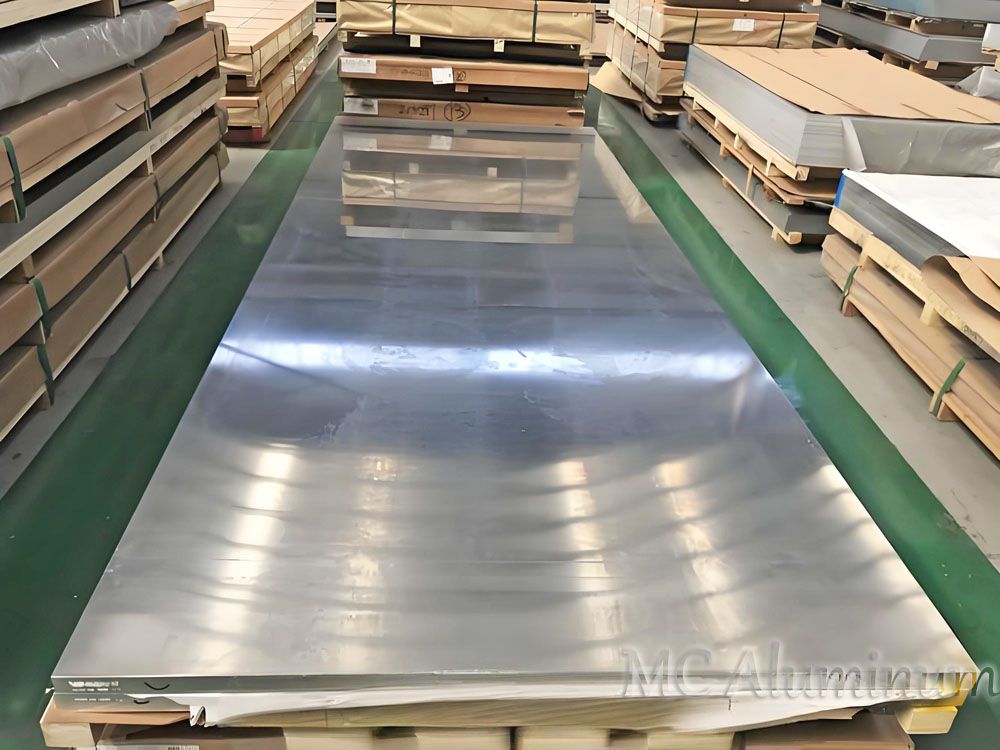
Understanding 2024 Aerospace-Grade Aluminum Alloy
2024 aluminum alloy is one of the most well-known aerospace-grade aluminum alloys. It features excellent strength and fatigue resistance, making it widely used in aircraft structures, including wings and fuselage components.
2024 alloy uses copper as its primary alloying element. It is heat-treatable, though its corrosion resistance is relatively low. It is often clad with a layer of high-purity anodized aluminum for protection. 2024 offers high strength, good fatigue resistance, excellent machinability, and good cutting performance. However, its corrosion resistance and weldability are poor—it is prone to hot cracking and stress corrosion during welding and is generally limited to butt welding, seam welding, or flash welding.
Understanding 7075 Aerospace-Grade Aluminum Alloy
7075 aluminum alloy is a zinc-based alloy known for its superior strength and strength-to-weight ratio. It is among the strongest aluminum alloys currently available.
7075 aluminum is lightweight yet incredibly strong—comparable to steel in terms of strength—and provides excellent fatigue resistance with moderate machinability. These characteristics are crucial in aerospace and defense sectors. However, due to its high alloy content and hardness, 7075 aluminum is difficult to weld and form.
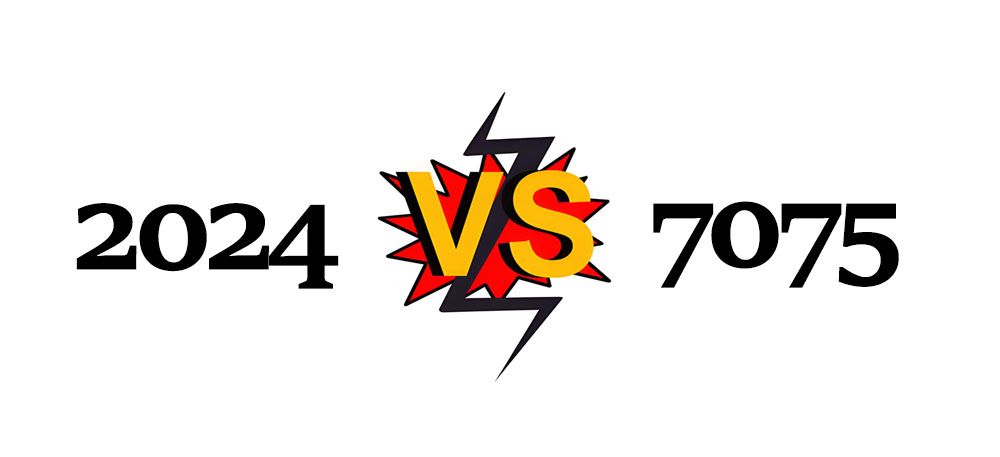
Aerospace Aluminum Alloy: 2024 vs 7075
1. Chemical Composition
| Alloy | Si | Fe | Cu | Mn | Mg | Cr | Zn | Ti | Other:Each | Other:Total | Al |
| 2024 | 0.5 | 0.5 | 3.8-4.9 | 0.3-0.9 | 1.2-1.8 | 0.1 | 0.25 | 0.15 | 0.05 | 0.15 | remainder |
| 7075 | 0.4 | 0.5 | 1.2-2.0 | 0.3 | 2.1-2.9 | 0.18-0.28 | 5.1-6.1 | 0.2 | 0.05 | 0.15 | remainder |
2. Corrosion Resistance
One of the major drawbacks of 7075 is its relatively poor corrosion resistance, particularly against stress corrosion and pitting, limiting its use in exposed environments. Anodizing, plating, or coating is usually required to enhance surface protection.
2024 also has average corrosion resistance but performs better than 7075, especially when coated. Its widespread use in aircraft skin panels reflects a balance between weather resistance and structural stability.
3. Weldability
Both 2024 and 7075 are heat-treatable aluminum alloys and have poor weldability, with tendencies toward hot cracking and stress concentration.
7075 is generally considered slightly better than 2024 in weldability, although it still has a high risk of cracking due to its zinc content and reduced strength in the heat-affected zone.
In modern manufacturing, mechanical fasteners such as rivets and bolts are preferred over welding to avoid performance degradation.
4. Machinability and Formability
Though 7075 offers superior strength, it is harder to machine than 2024 due to its higher zinc and copper content. 2024 is easier to machine and form, making it ideal for applications requiring complex shapes.
7075 in the T6 temper performs excellently in precision machining, making it suitable for CNC-manufactured high-precision components.
5. Mechanical Properties
| Property | 2024 Aluminum | 7075 Aluminum |
| Main Alloy Element | Copper | Zinc |
| Tensile Strength | 400-450 MPa | 540-570 MPa |
| Yield Strength | 270-310 MPa | 480-510 MPa |
| Density | 2.78 g/cm³ | 2.81 g/cm³ |
| Hardness (Brinell) | 120 HB | 150 HB |
6. Strength and Durability
The key difference between these two alloys lies in their strength. 7075 is renowned for its exceptional tensile strength, making it ideal for high-stress applications. While 2024 also offers good strength, it falls short of 7075’s mechanical performance.
7. High-Temperature and Low-Temperature Performance
(1) High-Temperature Performance:
2024 alloy has excellent heat resistance with a melting range of 500°C to 650°C, slightly higher than 7075’s 477°C to 635°C. This makes 2024 more suitable for high-temperature environments.
(2) Low-Temperature Performance:
2024 can perform well down to -195°C, retaining good ductility.
7075 has been used in environments as low as -320°F (-196°C), though further decreases can reduce its toughness.
8. Cost and Price
7075 is generally more expensive than 2024 due to its superior mechanical properties and high demand in advanced aerospace applications. Its lower weldability and more complex processing also contribute to its higher cost.
2024, on the other hand, is a more cost-effective alloy. Though not as strong as 7075, it offers excellent fatigue resistance and machinability, making it ideal for budget-sensitive applications requiring high performance.
9.Applications
2024 Aluminum Alloy is suitable for moderately high-strength applications where workability and cost are key, such as secondary aircraft structures and automotive engine brackets.

7075 Aluminum Alloy is widely used in critical components like aircraft landing gear and wing spars. It’s also common in military equipment like gun parts and missile casings due to its high strength and corrosion resistance.
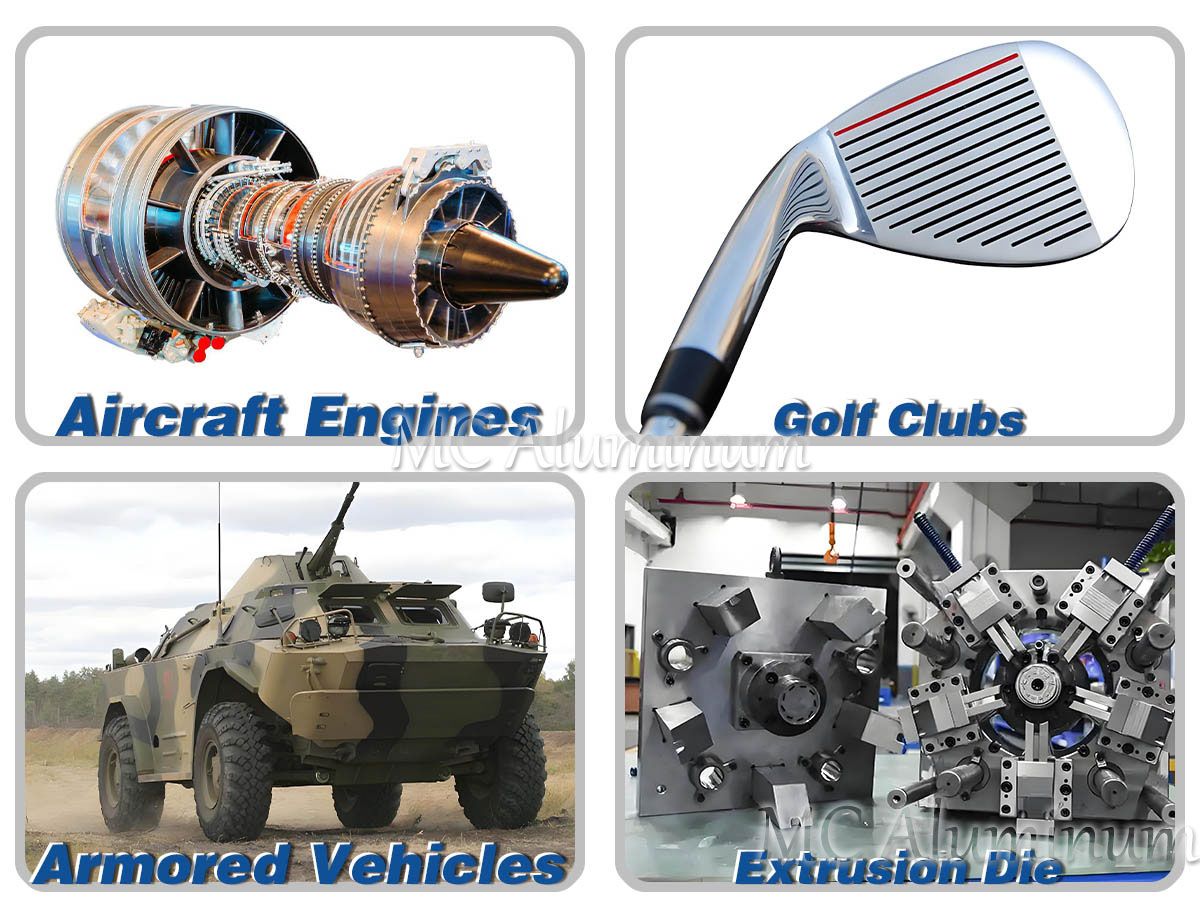
Conclusion
When choosing between 7075 and 2024 aluminum, the best option depends on specific application requirements. If ultimate strength is the priority, 7075 is the clear winner. However, if machinability and formability are more important, 2024 may be the better choice. By understanding the differences in composition, strength, workability, and corrosion resistance, users can make informed decisions based on their unique needs.
MC Aluminum: 2024 & 7075 Product Types
2024 aluminum alloy is available in:
2024 aluminum thick plate
2024 T3 aluminum plate
2024 T851 aluminum plate
2024 ultra-thick aluminum plate
2024 T4, T651 aluminum rod
2024 aluminum tube
2024 aluminum profile
2024 aluminum angle
7075 aluminum alloy is available in:
7075 T6 aluminum plate
7075 quenched pre-stretched aluminum plate
7075 mold aluminum plate
7075 ultra-thick aluminum plate
Forged 7075 T6 aluminum plate
7075 T6, T651 aluminum forgings
7075 aluminum rod
7075 aluminum tube
7075-T6 aluminum tent poles

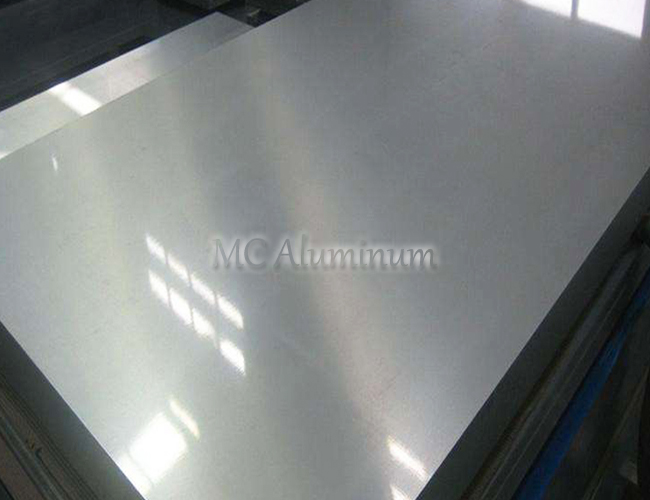
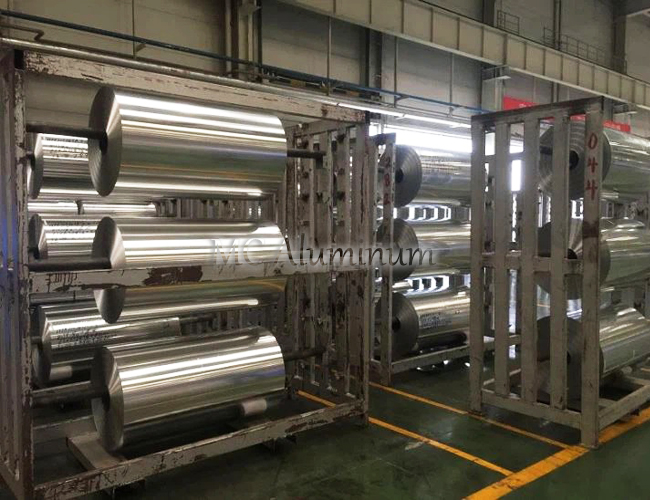



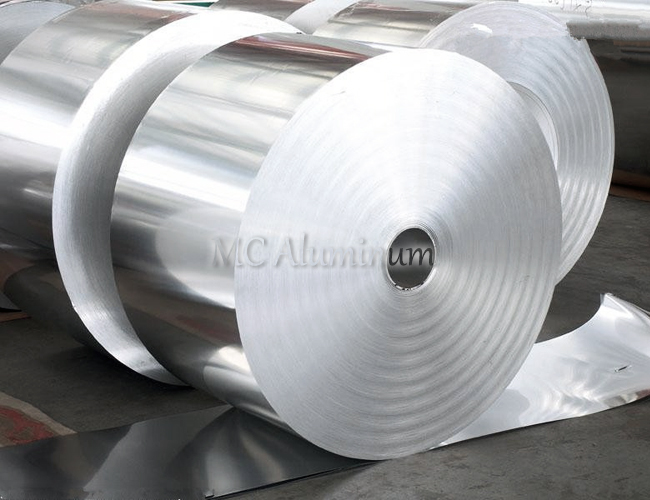
Contact Us